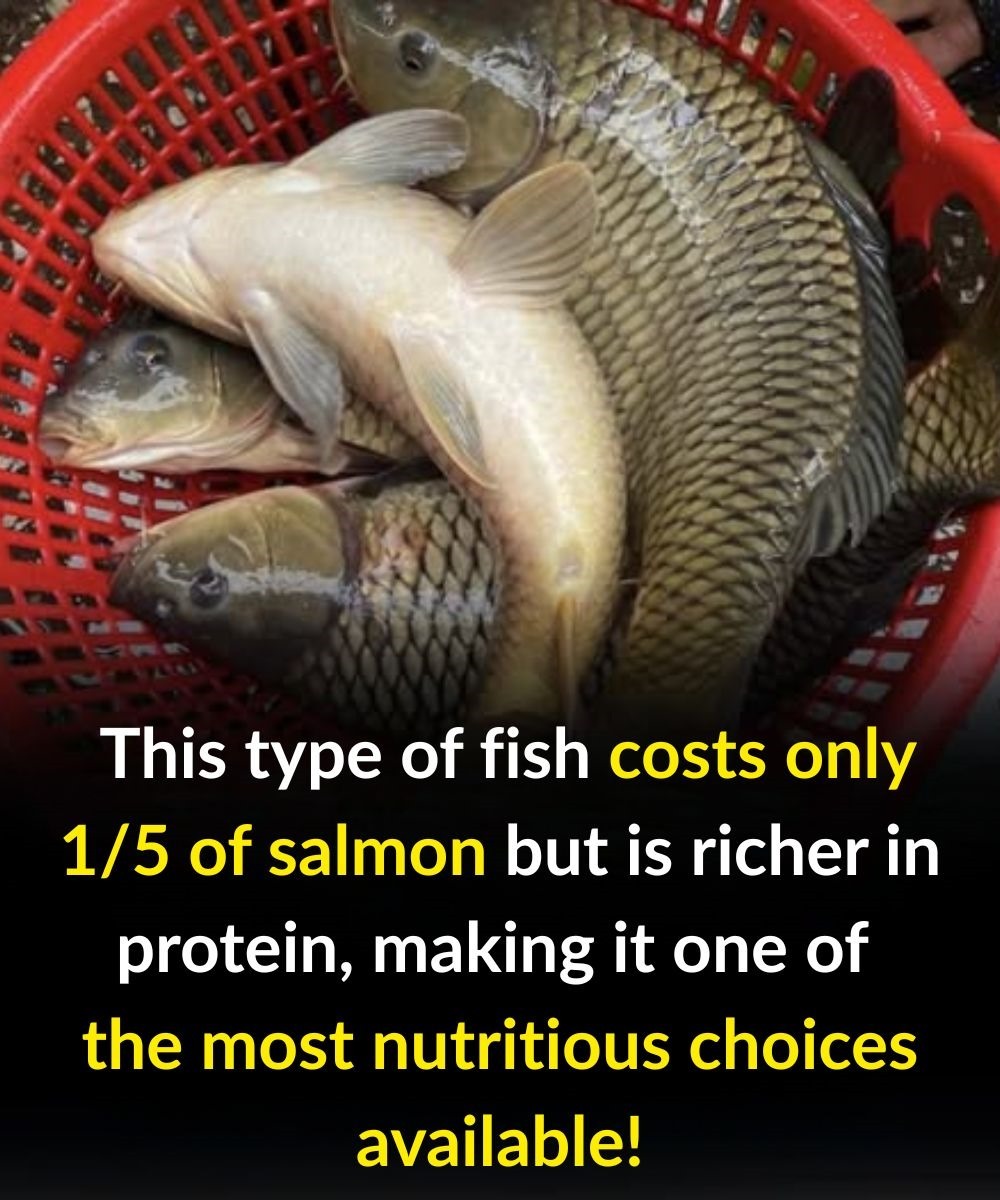🐟 The Smart Fish to Try: Tilapia (and Other Affordable Alternatives)
While specific pricing varies by region, fish like tilapia, Pollock, canned tuna or sardines frequently cost far less than premium salmon fillets—and still deliver strong nutritional value. For instance:
According to nutrition sources, tilapia offers about 26.2 g of protein per 100 g of cooked fish.
Nutrition Advance
+1
One article states that tilapia is “one of the most affordable fish out there” and a solid protein source.
Health
Another source highlights multiple fish that are “nutritionally stronger. Cheaper.” than salmon.
City Magazine
Put simply: you can get high-protein, nutrient-rich fish for much less money than salmon in many cases.
🍽 Why This Works in Your Favor
Lower cost, high protein: Salmon is often priced high due to demand, branding, and fatty-fish premium. In contrast, alternatives like tilapia or pollock may cost a fifth of the salmon’s price (depending on region and season) while still delivering 20-30 g of protein per 100 g.
Good nutritional profile: While salmon is known for its omega-3 fatty acids, fish like mackerel, sardines, and tilapia also deliver strong protein amounts and other nutrients (though the exact omega-3 content may vary).
Versatility & accessibility: Many of these fish are available frozen, canned, or in bulk—making them convenient, especially if you’re shopping on a budget.
✅ How to Choose the Best Value Fish
When you’re at the fish counter or browsing frozen options, keep these tips in mind:
Check protein content—Look for ~20 g or more protein per 100 g.
Compare price per weight—If salmon costs 5× more per kilo, an alternative fish may offer much better value for similar protein.
Consider cooking versatility—White fish (like tilapia or pollock) work for baking, frying, steaming; richer oily fish (like mackerel) add flavor and healthy fats.
Watch for sustainability & mercury levels—Lower-cost fish aren’t always perfect. Choose species that are responsibly farmed or wild-caught, with acceptable levels of contaminants.
Balance your nutrients—If you trade out salmon’s larger omega-3 content, pair your fish with other sources of healthy fats (avocado, flaxseeds, walnuts) to fill the gap.
